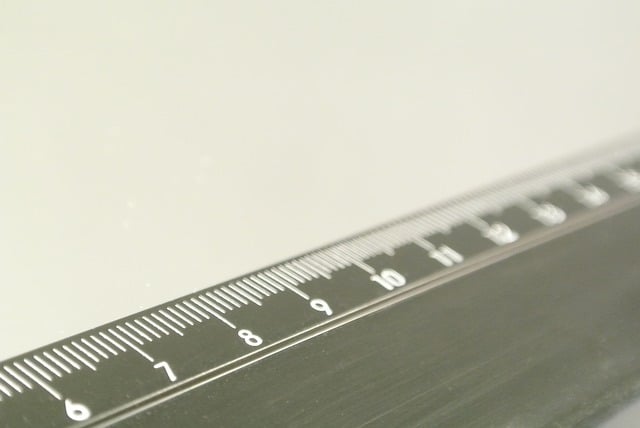
A scale can be a straight line that allows measurements to be represented.
The term scale , which comes from the Latin scala , has various uses: it is, for example, the ordered succession of values of the same quality , as seen in the sentence "On the color scale, orange is closest to of red than of green .
The scale is, on the other hand, a straight line that, divided into equal parts, can represent meters, kilometers or another unit of measurement. These tools are used to draw distances and dimensions proportionally on a plane or map . If, according to the scale of a map, one centimeter is equivalent to ten real kilometers, a distance of 100 kilometers must be represented by 10 centimeters.
Scale as proportion and in physics
Scale is also the proportion or size in which an idea or project is developed: "We must make a large-scale investment to bring running water to all the towns in the northwest."
In physics , the scale is a graduation used in various instruments to enable the measurement of a magnitude. The Richter scale and the Mercalli scale , for example, allow us to classify the magnitude of an earthquake or earthquake.
The concept in music
A musical scale is known as consecutive sounds that occur regularly, either in an ascending or descending direction, and that are related to a single tone, which is what gives its name to the scale. The succession of sounds is specified according to the laws of tonality .
Musical scales have several properties , the mode being their most obvious characteristic: the two possibilities are major and minor , and this considerably affects their structure and the relationships that exist between the notes that make them up. Writing a melody in C major tells us that we can have the notes from C to B in their natural state (which on a piano are represented by the white keys), unless we want to modulate to another key throughout the piece, be it momentarily or permanently.

A musical scale is formed with a succession of consecutive sounds linked to a single tone.
Intervals in the musical scale
When analyzing the intervals that take place in a major key, it can be observed, for example, that between the first degree and the third (degree being, in this case, synonymous with tone) there is a segment known as the major third : traveling the path from C (the tonic) to E natural (its third degree) requires ascending two full tones, or four semitones, and the only note that can be played between the two is the D natural .
This series of rules and limits has a direct impact on the tension that exists between the different notes of a key. In the case of C minor , its third degree is not E natural , but E flat, and the relationship that is aurally perceived between them is absolutely different from that described above.
Read and write sheet music
Musicians with the necessary knowledge to read and write scores always keep these issues in mind, as well as concepts that guide them when making transitions between different tonalities , such as the distance that exists between them (which has nothing to do with a visual issue but rather a question of sonic tension) or hierarchy, and for these people an E flat and an E natural have as much in common as a pencil and a car can have for someone outside of music.
That said, it is fascinating that certain popular musicians, who claim to have no technical knowledge, possess a virtuosity that allows them to perform or create pieces of a complexity that is often difficult to understand and repeat for someone with academic training.
A ladder, lastly, can be a stepladder , usually made of wood or rope.
